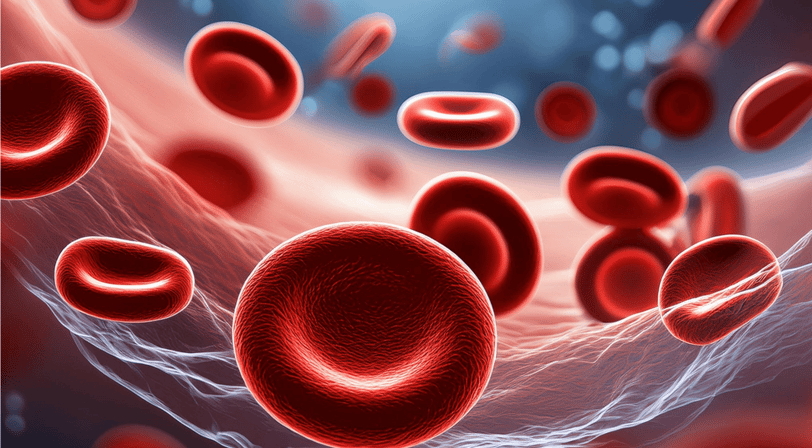Why Do Humans Have Different Blood Groups?
Over time, evolution has favoured certain blood types that offer better protection against diseases, leading to a more stable set of blood groups rather than an endless variety.
SCIENCE
10/14/20242 min read


In this blog, we explore why humans have different blood groups, how they came to be, and how they relate to our evolution and survival.
The Science Behind Blood Groups
Humans have different blood groups due to variations in the antigens and proteins found on the surface of red blood cells. The two primary blood group systems are the ABO system and the Rh system.
ABO system: This depends on whether you have A, B, both, or no antigens, making your blood type A, B, AB, or O.
Rh system: This depends on whether you have the Rh factor. If you do, you're Rh-positive; if not, you're Rh-negative.
But why don’t all humans share the same blood type?
The variety in blood groups likely developed over time due to evolutionary pressures. This diversity may have given individuals advantages in various environments, particularly through resistance to certain diseases. For instance, specific blood types may provide better protection against particular infections, enhancing the survival and reproductive success of individuals carrying those blood types. This demonstrates how genetic variations, environmental challenges, and the adaptation of blood groups are interlinked.
How Did Blood Groups Develop?
The exact origin of blood groups (from when) is still not entirely clear, but it is believed that the diversification of blood groups began as humans migrated to new regions and encountered different diseases. This idea is consistent with Darwin's theory of natural selection, which suggests that traits enhancing survival become more common over time. As humans settled in different parts of the world and faced various diseases, their blood groups evolved to offer better protection against these illnesses.
For example, it is suggested that Type O blood might offer some protection against severe malaria, while Type A and Type B blood could provide advantages in different environments. Over time, these blood groups became more prevalent in certain populations due to the survival benefits they conferred.
Despite the vast number of people, we only have a few blood groups because these groups are defined by specific, stable variations in blood proteins and antigens that are inherited. While individual genetic differences can be immense, blood groups are determined by a limited number of key genetic factors. Over time, evolution has favoured certain blood types that offer better protection against diseases, leading to a more stable set of blood groups rather than an endless variety. This balance between genetic variation and evolutionary advantage keeps the number of blood groups relatively small.
Key Discoveries
Understanding blood groups has significantly advanced medical science. Some of the key discoveries include:
Karl Landsteiner's discovery of the ABO system in the early 20th century. He identified the different blood types, which paved the way for safe blood transfusions.
The Rh factor, discovered later, added another layer to our understanding of blood group diversity, with Rh-positive and Rh-negative being critical in pregnancy and transfusion medicine.
The variety of blood groups in humans is the result of evolutionary processes, shaped by environmental factors and disease pressures that have influenced our immune systems over millennia. This diversity, while seemingly small, has played a crucial role in human survival and continues to be of great importance in medical science today.
Contact Us
Engage
©2024 Being Intellect. All rights reserved
